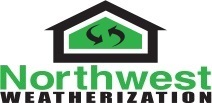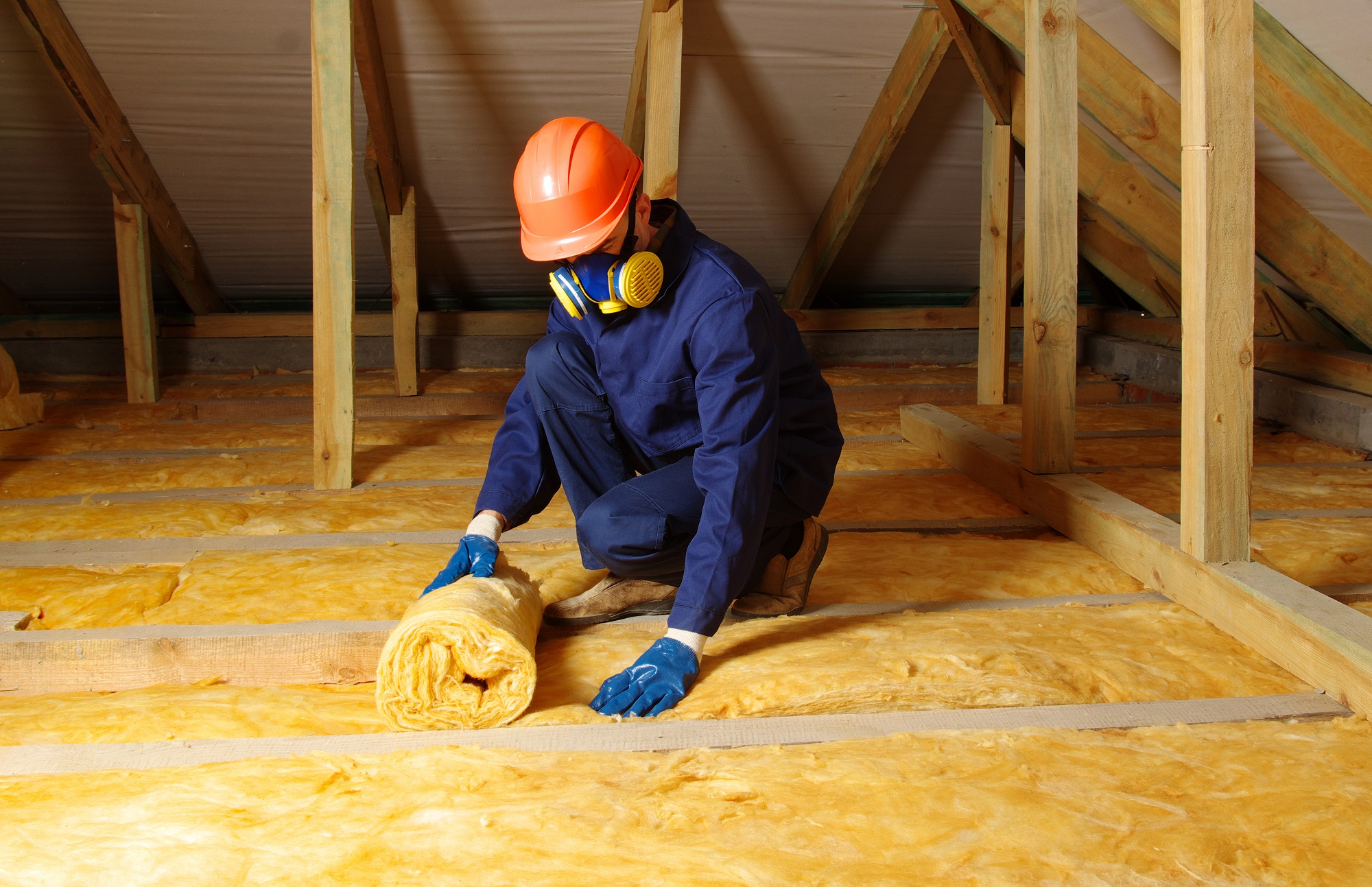If you’re a homeowner, you likely want to do everything possible to protect your home and keep it in good condition. One area that’s often overlooked is insulation. While many people associate insulation with keeping their home warm in the winter, it serves various important functions and prevents moisture and mold problems. In this blog post, we’ll take a closer look at how insulation can help keep your home dry and mold-free and provide tips on choosing the right insulation for your needs. Whether you’re building a new home or looking to upgrade your existing insulation, this information is essential for ensuring your home stays healthy and comfortable.
How Does Mold Grow?
Mold is a common problem that plagues many homes and buildings, and understanding how it works is crucial to preventing its growth. The first thing you need to know is that mold needs moisture to thrive; without it, it cannot survive. However, it also requires two other conditions: relative humidity of 50 percent or higher and a temperature of 40 degrees or more. Also, mold can grow on various surfaces as long as biodegradable material or enough dust and organic materials are present. By understanding these key factors, you can take preventative measures to keep mold at bay and protect your home or building from its damaging effects.
Why Insulation Is the Best for Mold Prevention in Your Home?
Mold growth is a nightmare that can wreak havoc on the integrity of your living space. Thankfully, there are many preventative measures you can take to safeguard against this menace, and perhaps none simpler and more effective than proper insulation. By properly managing the building’s temperature and moisture levels, insulation can act as a stalwart shield against mold growth. That being said, it’s important to ensure that your insulation is installed correctly, as a misstep can spell disaster, providing a dark, damp breeding ground deep within your walls for mold to thrive. You can keep your home dry, comfortable, and free from mold growth by prioritizing effective insulation installation and maintenance.
Take Preventative Steps to Avoid Mold Growth
Proper insulation is a crucial component of a comfortable and energy-efficient home. However, its effectiveness depends on your ability to maintain its dryness. The battle against mold primarily involves keeping your home free from moisture. Paying particular attention to your windows’ seals and roof to prevent leaks can help. Adequate ventilation in bathrooms and garages can further limit mold growth. If you notice mold in your home, hiring a professional remediation company may be the best solution depending on the size of the problem. Don’t let mold take hold in your home; take the right steps to keep your insulation dry and your environment safe.
Use Vapor Barriers with Your Insulation to Protect Against Moisture
Effective insulation is a cornerstone of modern home construction, offering energy efficiency and maximum comfort throughout the year. However, while it can significantly reduce moisture in your living spaces, it can also trap it. Nowhere is this more apparent than in basements, where warm air meets cold concrete walls and creates the ideal environment for mold growth. But fear not! There are several methods to combat this issue, such as using vapor barriers in addition to insulation to prevent seepage. Armed with the proper insulation and your first line of defense, vapor barriers, you can enjoy all the benefits of insulation without worrying about unwanted moisture lurking behind your walls.
Which Insulation Materials Are Best for Mold Prevention?
Selecting the best insulation is the first step when creating a dry, properly-functioning indoor environment. But with so many types of insulation available, how do you know which one is right for your space? From fiberglass to cellulose, rigid to flexible, each option has its own pros and cons. Choosing the right insulation for the specific environment is key to preventing mold growth and ensuring maximum efficiency. Luckily, The National Insulation Association offers a wealth of information on its website to help make decision-making easier. Don’t let a lack of knowledge prevent you from creating a comfortable and safe indoor space.
Spray Foam Insulation
If you’re looking for a highly effective way to insulate your home and prevent the growth of mold, then closed-cell spray foam insulation might just be the perfect solution. Unlike other insulation types, spray foam is waterproof and can keep water from seeping into your walls or other areas where it might cause problems. The dense, airtight seal of spray foam makes it resistant to mold growth, helping to keep your home clean and healthy. Whether you’re insulating a basement, an attic, or any other area of your home, you can count on spray foam insulation to provide superior protection against moisture build-up and mold.
Cellulose Insulation
Cellulose insulation is a popular choice for those who prioritize environmental sustainability. Made from recycled paper, this “blow-in” material is completely biodegradable and doesn’t contribute to landfills. But, cellulose insulation is not just environmentally friendly; it’s also an incredibly efficient insulator. Thanks to its ability to fill even the smallest of spaces, it’s most commonly used in attics and wall cavities. What’s more? If you’re concerned about mold growth, cellulose insulation has got you covered. The addition of boric acid, used as a fire retardant, makes it resistant to mold even when exposed to water. Choosing cellulose insulation is a win-win for both you and the planet.
Fiberglass Insulation
Fiberglass insulation is a highly effective way to regulate temperature and reduce building heat transfer. The unique construction of this material uses tiny fragments of glass fibers to create pockets that trap air, reducing thermal conductivity. But while fiberglass insulation is naturally resistant to mold, it is not entirely immune to growth over time. The high level of airflow through fiberglass can filter out mold spores and food sources for mold, but if the right conditions are present, mold can still take hold.
It’s important to note that some types of fiberglass insulation are covered in paper products that can become food sources for mold if installed in damp areas. To avoid this issue, a knowledgeable contractor may suggest using alternate insulating materials, like cellulose, in areas such as your basement or crawlspace walls. And, for those concerned about moisture issues, a professional contractor will always install the insulation with a vapor barrier to prevent any potential condensation issues. Despite these potential challenges, fiberglass insulation remains a popular insulation material.
Get Proper Installation of Your Insulation with Northwest Weatherization
Keeping your home comfortable year-round should be a priority for any homeowner. But if your insulation isn’t up to par, you might be spending more money on heating and cooling than you need to. That’s where Northwest Weatherization near Vancouver WA comes in. Our knowledgeable insulation team can assess your home’s insulation needs, provide a comprehensive insulation audit, and make any necessary repairs or replacements. And our insulation installers don’t just stop there – we ensure every aspect of our work is done up to code and properly disposed of. Let us help you save money, live in a mold-free environment, and make your home a more comfortable place to live.
Contact us today to schedule your free home insulation audit.
Quality Insulation services we provide:
- Crawl Space Insulation Service
- Attic Insulation Services
- Duct Seal Work
- Floor Insulation and Wall Insulation
- Vapor Barrier Installation
- Insulation Replacement Services
Visit our About Us page for more information about our company.

